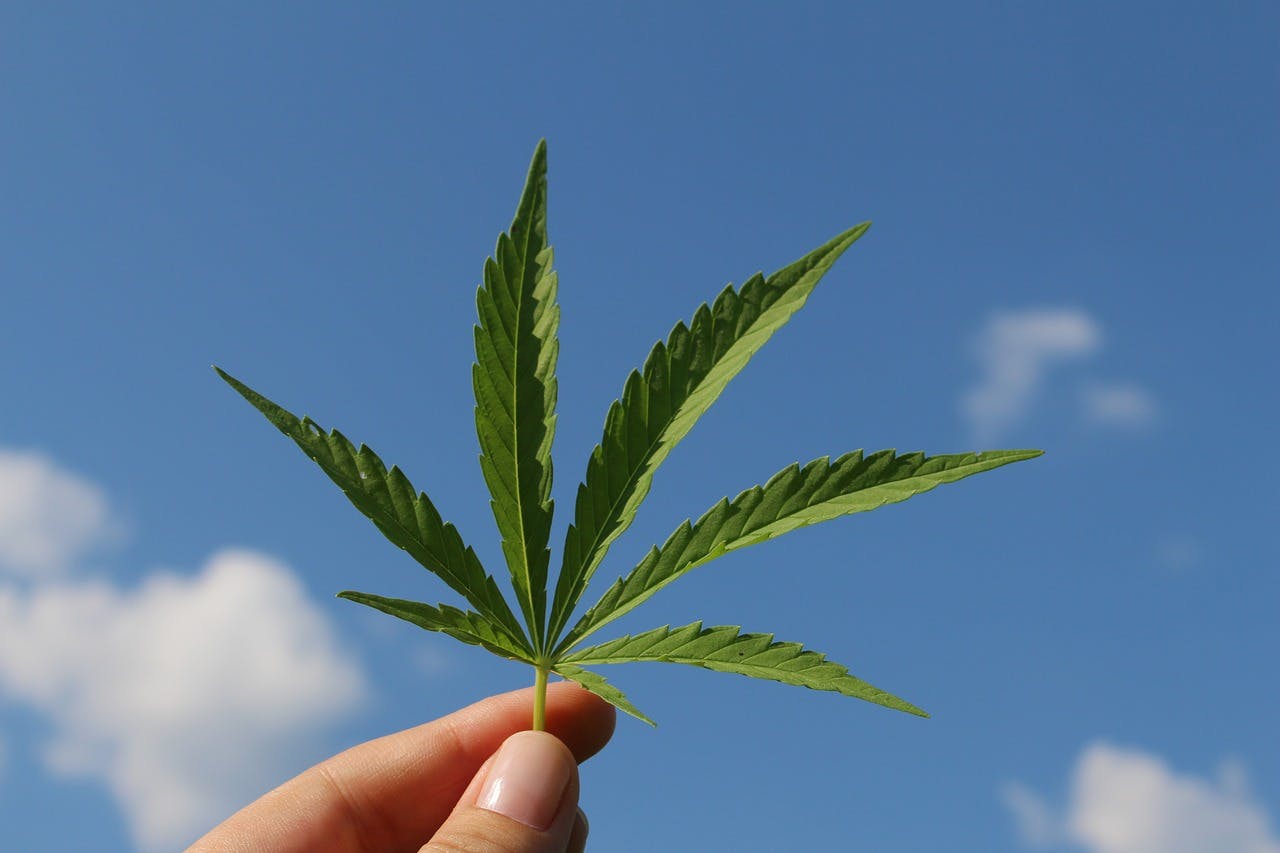Cannabis, also known as marijuana, has been used for both medicinal and recreational purposes for centuries. With the legalization of cannabis gaining traction in many parts of the world, it is important to understand the different types of cannabis and their effects. In this article, we will delve into the world of cannabis strains, specifically sativa, and indica, to help you make an informed choice when selecting the right strain for your needs.

understanding cannabis: an overview
Cannabis is a flowering plant that belongs to the Cannabaceae family. The plant is dioecious, which means it can have male and female flowers on separate plants. The resin produced by the female flowers contains psychoactive compounds known as cannabinoids, the most well-known being tetrahydrocannabinol (THC).
the origins of cannabis
Cannabis is believed to have originated in Central Asia, with evidence of its cultivation dating back thousands of years. The plant spread to different parts of the world through trade and exploration, eventually becoming an integral part of various cultures and societies.
the importance of cannabis types
While cannabis plants share a common ancestry, they have evolved to have distinct characteristics depending on their environment and genetic makeup. The two primary types of cannabis used today are sativa and indica, with hybrid strains combining the characteristics of both.
One fascinating aspect of cannabis is its complex chemical composition. In addition to THC, the plant contains over 100 other cannabinoids, such as cannabidiol (CBD), which is known for its potential therapeutic benefits. These cannabinoids interact with the human body’s endocannabinoid system, influencing various physiological processes.
Furthermore, the cultivation of cannabis has a rich history intertwined with human civilization. From ancient civilizations like the Egyptians and Chinese who used cannabis for medicinal and religious purposes to the modern-day legalization movements, the plant has played a significant role in shaping cultural practices and policies around the world.
the sativa strain: a detailed look
Sativa strains are known for their uplifting and energizing effects. They are typically tall and have narrow leaves, allowing for greater light exposure. The plants have a longer flowering time compared to indica strains, generally around ten to sixteen weeks.
characteristics of sativa
Sativa plants can grow up to twenty feet tall, with long and slender leaves.
The buds of sativa strains are typically fluffy and less dense than indica strains.
Sativa strains thrive in warm climates with long growing seasons.
When it comes to the aroma and flavor profile of sativa strains, they often exhibit fruity, citrusy, and spicy notes. These strains are known for their invigorating scents that can uplift the senses and enhance the overall experience.
In terms of cultivation, sativa plants require ample space to grow vertically due to their towering height. They are best suited for outdoor cultivation in regions with a warm climate and a long growing season. Sativa strains are known for their resilience to mold and pests, making them a favorite among experienced growers.
effects and uses of sativa
Sativa strains are known for their cerebral effects, often providing a euphoric and uplifting experience.
They may increase focus, creativity, and energy levels, making sativa strains popular for daytime use.
Sativa strains are often used to treat depression, fatigue, and other mood disorders.
Due to their stimulating effects, sativa strains are favored by individuals looking to boost their mood and productivity without experiencing sedation. The energizing properties of sativa make it an ideal choice for social gatherings and creative pursuits, providing a burst of inspiration and motivation.
the indica strain: a comprehensive study
Indica strains are recognized for their relaxing and sedative effects. They are generally shorter and bushier than sativa plants, with wider leaves that enable them to absorb less light. Indica strains have a shorter flowering time, typically ranging from eight to twelve weeks.
identifying features of indica
Indica plants are usually between three to six feet tall and have broad, dark green leaves.
The buds of indica strains are dense and compact.
Indica strains are more adaptable to colder climates and have a shorter growing season compared to sativa strains.
effects and uses of indica
Indica strains are renowned for their relaxing and body-calming properties, often leading to a sedative effect.
They may aid in relieving pain, muscle spasms, and sleep disorders.
Indica strains are commonly used in the evening or before bed due to their soothing qualities.
Indica strains are known for their high levels of myrcene, a terpene that contributes to the strain’s sedative effects. Myrcene is also found in hops, lemongrass, and mangoes, and is believed to enhance the overall calming experience associated with indica consumption.
Additionally, indica plants are often preferred by indoor growers due to their compact size and faster flowering period. Their ability to thrive in controlled environments makes them a popular choice for cultivators looking to maximize their yield in limited space. The dense buds of indica strains also make them ideal candidates for extraction processes, such as creating concentrates like hash or oils rich in cannabinoids.





